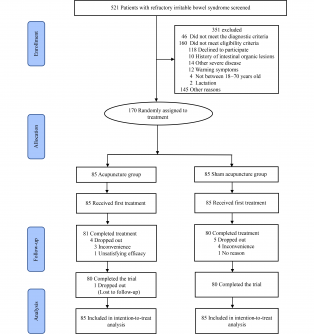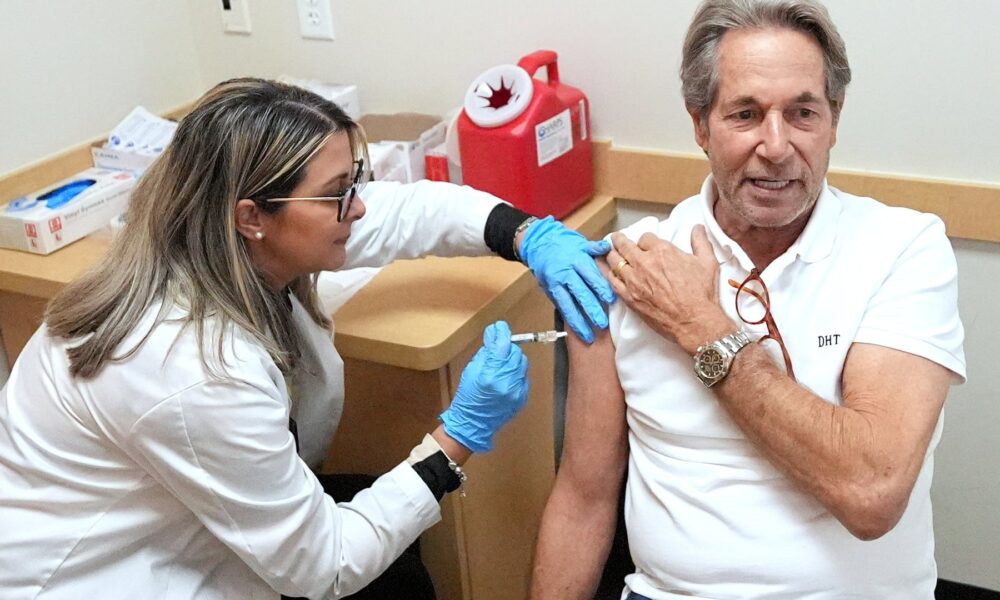Olezarsen has successfully met its primary endpoint in the phase 3 CORE and CORE2 clinical trials, showing a substantial decrease in fasting triglyceride (TG) levels among patients with severe hypertriglyceridemia (sHTG) over a six-month period. This reduction has been maintained over a subsequent six months, marking a significant advancement in treatment options for this condition. The findings were shared at the American Heart Association’s Scientific Sessions 2025 in New Orleans, Louisiana, by Dr. Nicholas Marston, a cardiologist at Brigham and Women’s Hospital affiliated with Harvard Medical School.
In his presentation, Dr. Marston emphasized the significance of the trial results, stating, “CORE and CORE2 are the first studies to show a significant reduction in acute pancreatitis events in sHTG, with most patients on olezarsen achieving TG levels below the risk threshold for those potentially life-threatening episodes.” He highlighted the serious consequences of acute pancreatitis, noting that many patients require frequent hospitalizations due to recurrent events. The results of the trials underscore the potential of olezarsen to transform treatment for sHTG, particularly given the limited effectiveness of existing therapies.
Olezarsen functions as an investigative antisense oligonucleotide that targets the messenger RNA of apolipoprotein C-III (apoC-III). This protein is known to slow the clearance of triglycerides by inhibiting the activity of lipoprotein lipase and the liver’s uptake of triglyceride-rich particles. Notably, olezarsen has already received approval in the US and EU under the name TRYNGOLZA for adults suffering from familial chylomicronemia syndrome.
Trial Details and Patient Outcomes
The CORE and CORE2 trials involved a total of 1,063 participants, with 617 and 446 patients enrolled in each trial, respectively. Participants were randomly assigned in a 1:1 ratio to receive either 50 mg or 80 mg dosages of olezarsen. Following this initial assignment, there was an additional 2:1 randomization within each cohort to receive olezarsen or a matching placebo, administered subcutaneously every four weeks. Each trial had a total duration of 12 months, which included a substudy utilizing MRI to assess changes in hepatic fat after one year.
The median age of participants across both trials was 54 years, with a median triglyceride level of 794 mg/dl. A significant portion of the patients, specifically 43% (n = 455), had triglyceride levels of ≥880 mg/dl, and 18% (n = 195) had a history of pancreatitis. The hepatic MRI substudy included 333 patients, contributing valuable data to the overall findings.
Olezarsen demonstrated a remarkable placebo-adjusted mean reduction in fasting triglycerides of ≤72% at the six-month mark, a result that was sustained throughout the 12-month duration of the trials. Additionally, a significant reduction of 85% in adjudicated acute pancreatitis events was observed at 12 months, indicating a promising therapeutic benefit for those suffering from sHTG. Following the trials, a substantial majority of participants, over 90%, opted to continue into the extension phase of the study.
As the medical community continues to seek effective treatments for severe hypertriglyceridemia, the results from the CORE and CORE2 trials present a compelling case for the role of olezarsen in managing this challenging condition. The ongoing research and its implications could lead to improved outcomes for patients at risk of life-threatening complications associated with high triglyceride levels.







